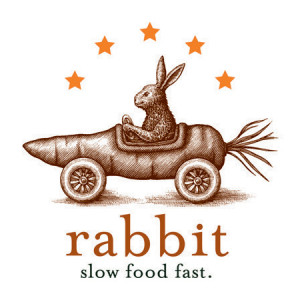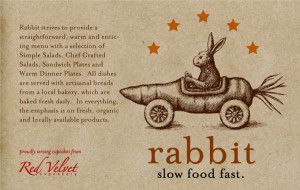The Woodcut style is defined by simulating the old fashioned woodblock carvings of the 18th century and often re-creating a retro modern version to fit today’s needs for advertising, packaging design, publishing and logo identity purposes. The technique requires the use of the scratchboard medium which works most effectively to accomplish this end result. Furthermore, the style is mostly associated with “bold”, less detailed, line strokes along with loose uncleaned cuts along the outer edge of the illustration. This is a clear distinction from the other scratchboard styles such engraving, and steel engraving styles.
See woodcut samples: http://www.stevennoble.com/v/Woodcuts/
The original woodcuts (Xylography) from the 18th century were carved out from wood blocks with printing parts remaining level with the surface while non-printing parts are removed. The areas to show ‘white’ are cut away with a knife or chisel, leaving the characters or image to show in ‘black’ at the original surface level. The block is cut along the grain of the wood (unlike wood engraving where the block is cut in the end-grain). The surface was then covered with ink by rolling over the surface with an ink-covered roller, leaving the ink upon the flat surface and not on the non-printing areas.
In the present world, the woodcut style is merely simulated since there are often edits to be made by the demanding clients of today’s world. The level of detail is also specific to the size/scale of the illustration. For example, the Coors “waterfall” logo was accomplished by developing three different versions for three different sizes. One illustration version was created for use on the 12 ounce beer bottle label (.5’ – 1”) which was the simplified version, a second for use on the twelve and twenty-four pack cartons (2” – 6”) which was the middle version, and the third made for the delivery truck (6’ – 8’) which was the detailed version.
See logo samples: http://www.stevennoble.com/v/Logos/
The first step is to lay down the “approved” completed preliminary sketch onto a clean blackened piece of scratchboard by laying out the broad, general outline onto the scratchboard first. From there, pencil marks can be transferred to leave behind mark/outlines of the general forms from the sketch/drawing. Once this is completed, then the carving blade is used to scrap away the excess amount of black scratchboard around the outer area surrounding the illustration. The general lines are then scraped away to create the forms beginning from top to bottom. Afterwards, the shadows and details begin to take their shape through a process of improvisational line strokes across each of the forms.
The finished/completed reflective black and white art is then scanned from a flat bed scanner into the Adobe Photohop program and then cleaned-up using the magic wand command at a tolerance of 85 -100 and saved as a high resolution bitmap tiff file. To add color, the artwork is then saved in RGB and a layer is created (multiply selected) to allow color to be added behind the black and white line work. This gives more flexibility to allow for any quick edits and other adjustments such as color saturation and brightness and contrast.









